Focus on Holistic Treatment Approaches
There is a growing emphasis on holistic treatment approaches within the Agoraphobia Market. Patients and healthcare providers are increasingly recognizing the value of integrating various therapeutic modalities, including mindfulness, yoga, and nutrition, alongside traditional treatments. This trend reflects a broader shift towards comprehensive care that addresses both the psychological and physical aspects of agoraphobia. Research indicates that patients who engage in holistic practices often report improved outcomes and greater satisfaction with their treatment. As this awareness spreads, the Agoraphobia Market is likely to adapt by offering more diverse treatment options that cater to the holistic needs of patients, potentially leading to increased market growth.
Rising Prevalence of Anxiety Disorders
The increasing prevalence of anxiety disorders, including agoraphobia, is a notable driver in the Agoraphobia Market. Recent studies indicate that approximately 2.5% of the population experiences agoraphobia at some point in their lives. This rising incidence is likely attributed to various factors, including heightened stress levels and societal pressures. As awareness of mental health issues grows, more individuals are seeking help, thereby expanding the market for treatments and therapies. The Agoraphobia Market is responding to this demand by developing innovative therapeutic options, including cognitive behavioral therapy and pharmacological treatments. This trend suggests a potential for growth in the market as healthcare providers increasingly recognize the need for effective interventions.
Growing Acceptance of Telehealth Solutions
The acceptance of telehealth solutions is transforming the landscape of the Agoraphobia Market. With the rise of digital health platforms, individuals suffering from agoraphobia can access therapy and support from the comfort of their homes. This is particularly beneficial for those who may find it challenging to attend in-person sessions due to their condition. Data suggests that telehealth usage has increased by over 50% among mental health patients, indicating a shift in how care is delivered. The convenience and accessibility of telehealth services are likely to attract more individuals seeking treatment for agoraphobia, thereby expanding the market. As technology continues to evolve, the Agoraphobia Market may see further innovations that enhance patient engagement and treatment outcomes.
Increased Investment in Mental Health Services
Investment in mental health services has seen a marked increase, which is a significant driver for the Agoraphobia Market. Governments and private organizations are allocating more resources to mental health initiatives, recognizing the importance of addressing conditions like agoraphobia. For instance, funding for mental health programs has risen by over 30% in recent years, reflecting a commitment to improving access to care. This influx of capital is likely to enhance the availability of treatment options, including therapy and medication, thereby fostering growth in the Agoraphobia Market. As more individuals gain access to these services, the overall demand for effective treatment solutions is expected to rise, further propelling market expansion.
Rising Demand for Personalized Treatment Plans
The demand for personalized treatment plans is becoming a crucial driver in the Agoraphobia Market. As understanding of mental health evolves, there is a growing recognition that one-size-fits-all approaches may not be effective for everyone. Patients are increasingly seeking tailored therapies that consider their unique experiences and symptoms. This shift is prompting healthcare providers to develop more individualized treatment strategies, which may include a combination of therapy, medication, and lifestyle changes. Data indicates that personalized treatment can lead to better patient outcomes, which is likely to enhance satisfaction and adherence to treatment. Consequently, the Agoraphobia Market is expected to expand as providers innovate to meet the diverse needs of their patients.
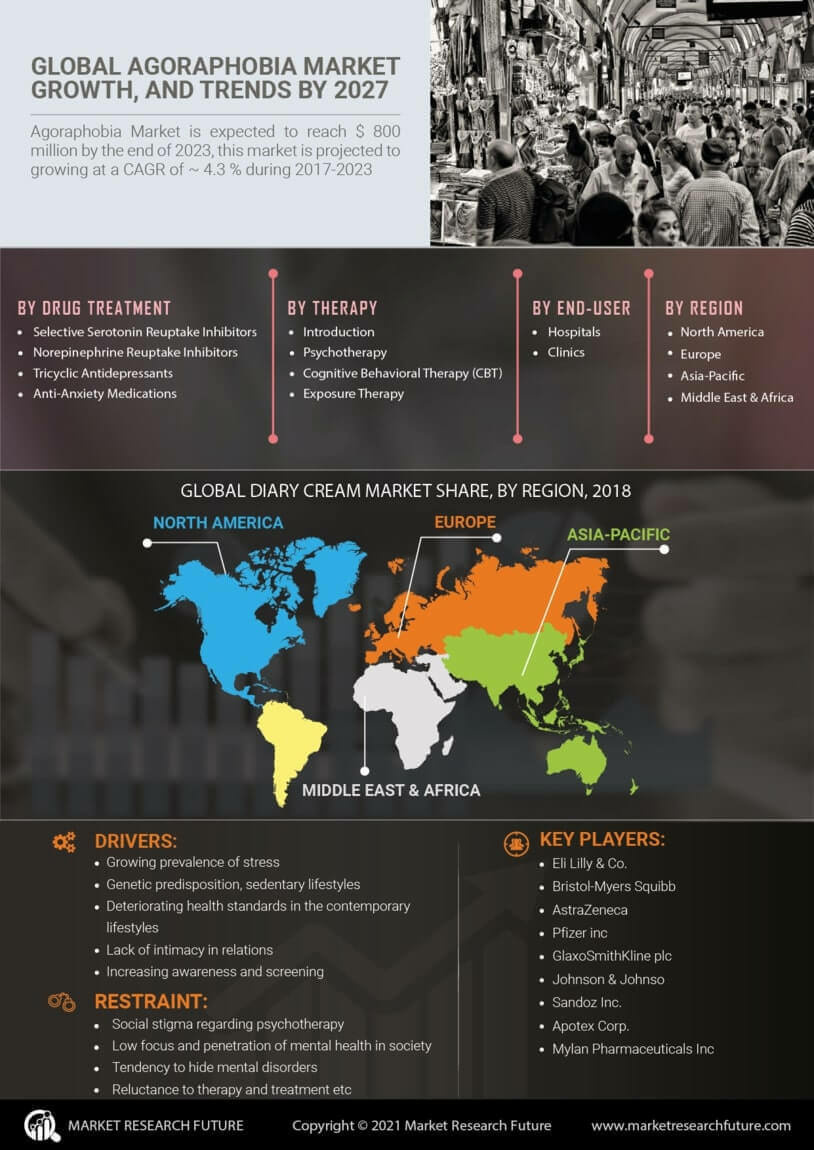

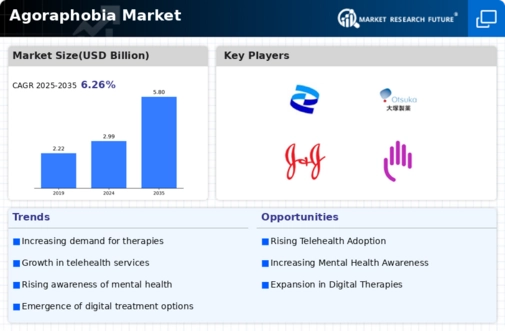
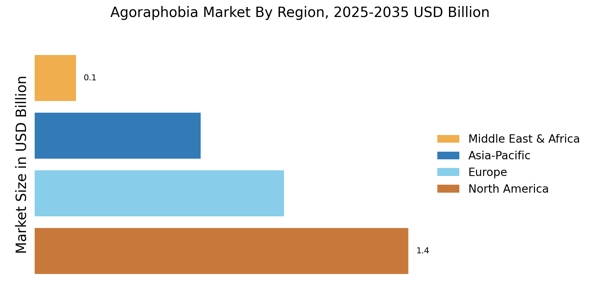
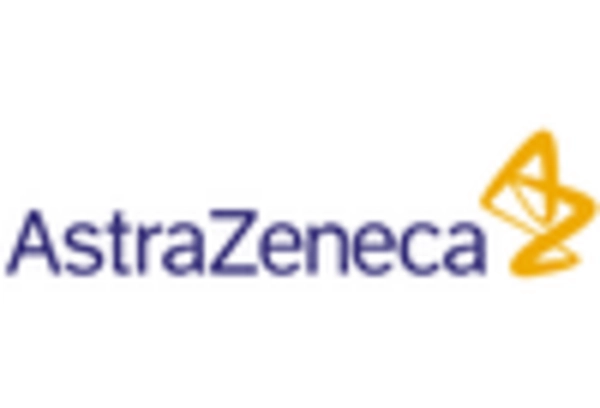
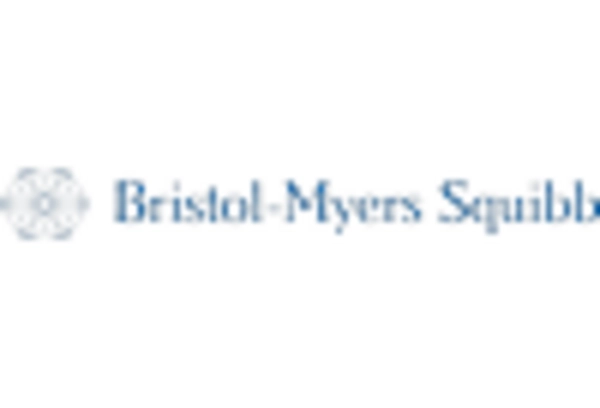


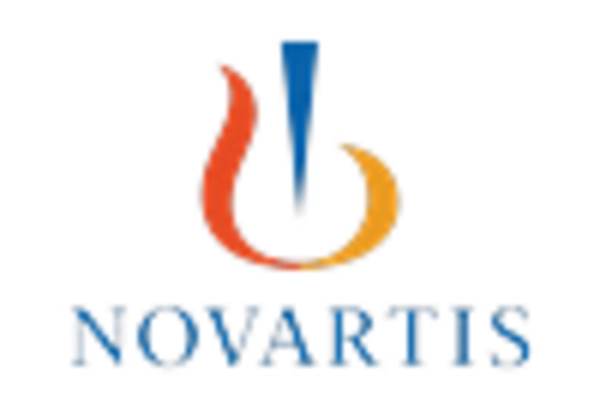









Leave a Comment